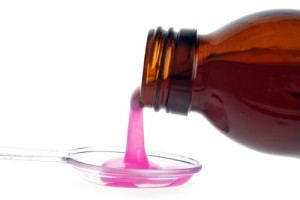 When it comes to giving your children medicine, measuring correctly is crucial.
When it comes to giving your children medicine, measuring correctly is crucial.
Children’s liquid medicines should only be measured in metric units to avoid overdoses common with teaspoons and tablespoons, U.S. pediatricians say.
Tens of thousands of kids wind up in emergency rooms after unintentional medicine overdoses each year, and the cause is often badly labeled containers or unclear directions, said Dr. Ian Paul, a pediatrician at Penn State Milton S. Hershey Children’s Hospital and lead author of new metric dosing guidelines from the American Academy of Pediatrics (AAP).
“Even though we know metric units are safer and more accurate, too many healthcare providers are still writing that prescription using spoon-based dosing,” said Paul. “Some parents use household spoons to administer it, which can lead to dangerous mistakes.”
For example, he said, accidentally using a tablespoon instead of a teaspoon would triple the dose.
To avoid errors associated with common kitchen spoons, the guidelines urge that liquid medicines being taken by mouth should be dosed using milliliters (abbreviated as “mL”).
Also, prescriptions should include so-called leading zeros, such as 0.5 for a half mL dose, and exclude so-called trailing zeroes, such as 0.50, to reduce the potential for parents to misunderstand the dosing.
While the AAP has been pushing for more accurate dosing of children’s medicines since the 1970s, the new guidelines are the most extensive call for metric dosing to date and are intended to reach drug manufacturers, retailers, pharmacists, prescribers and caregivers.






